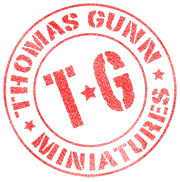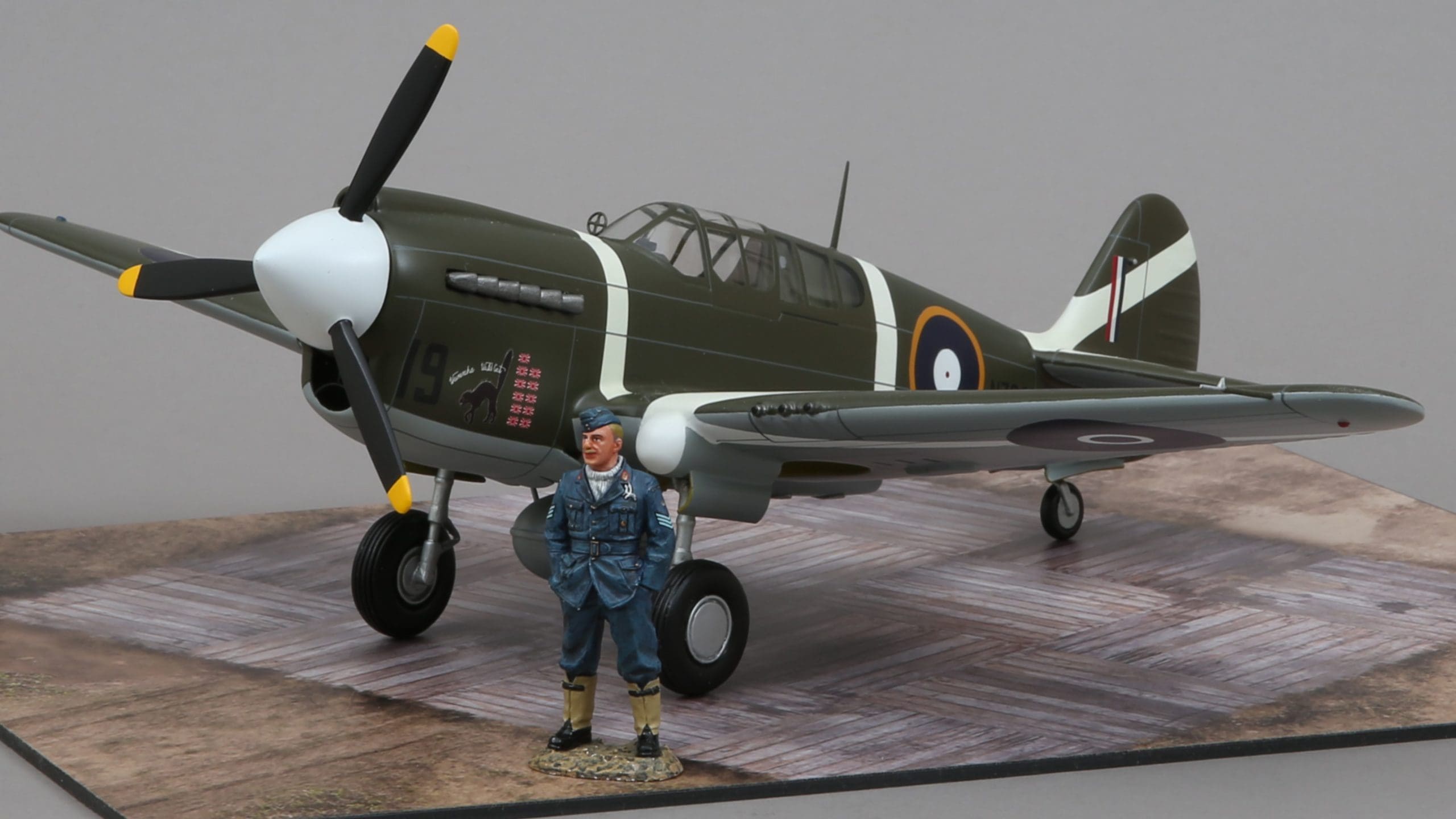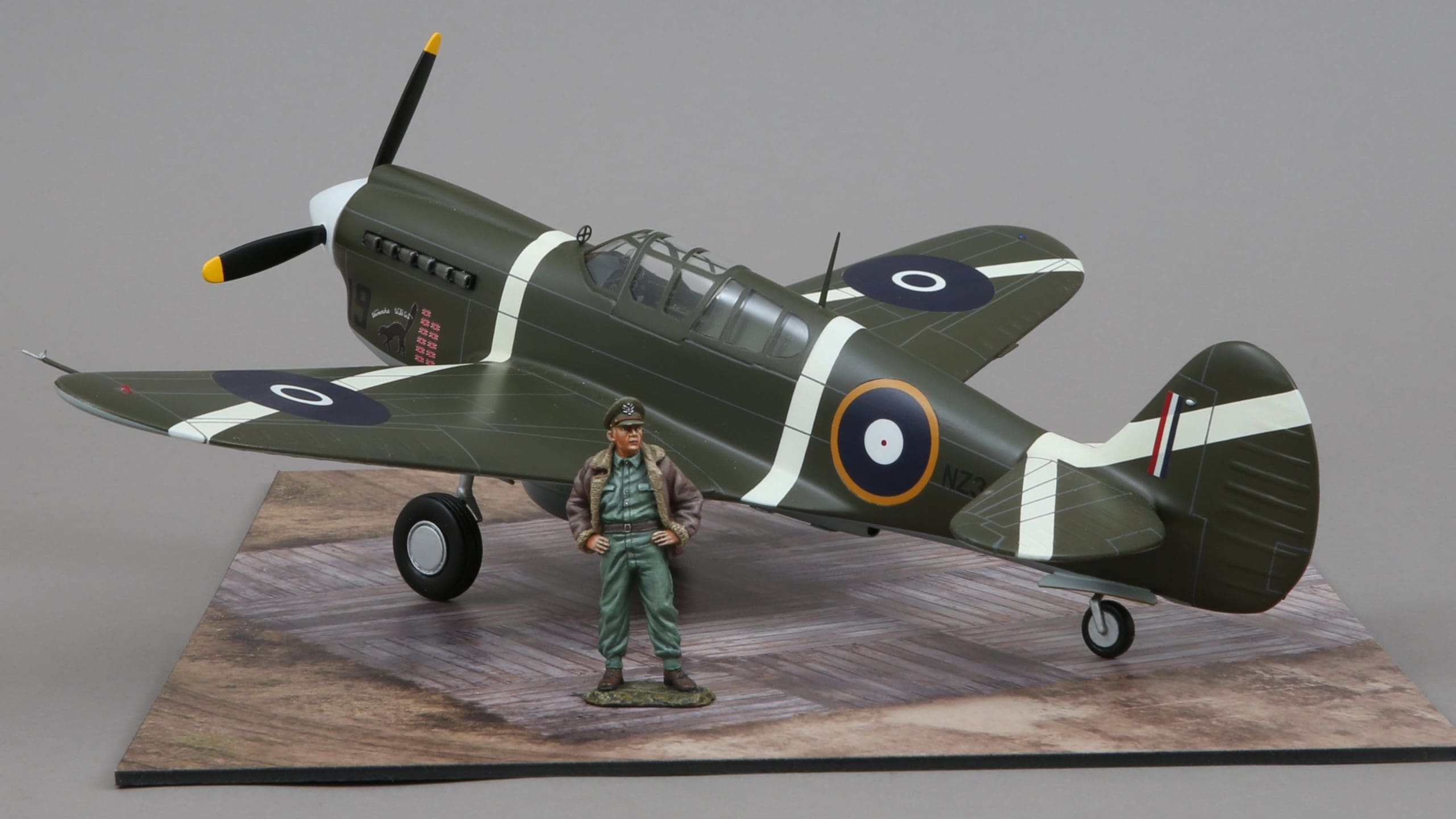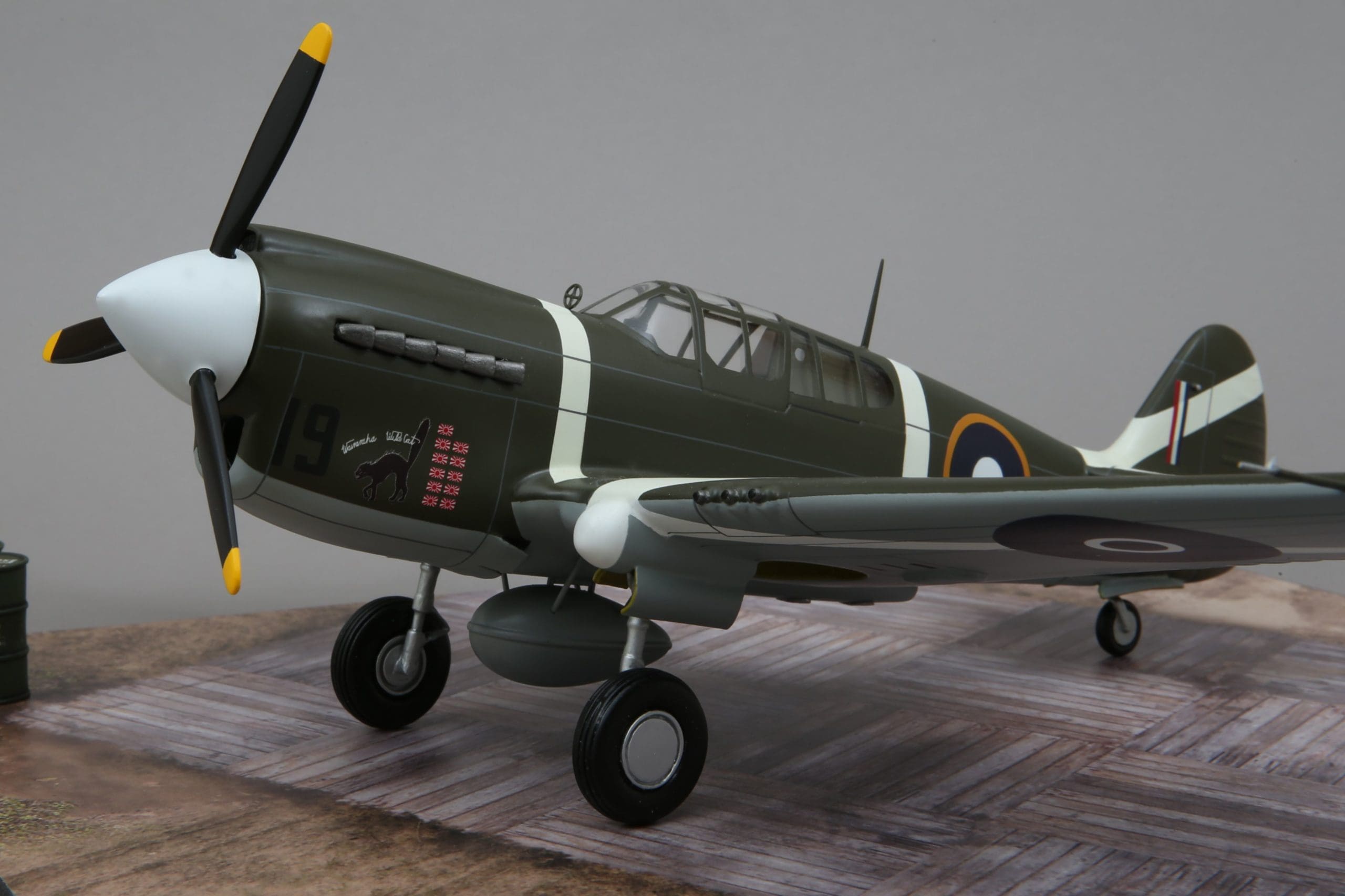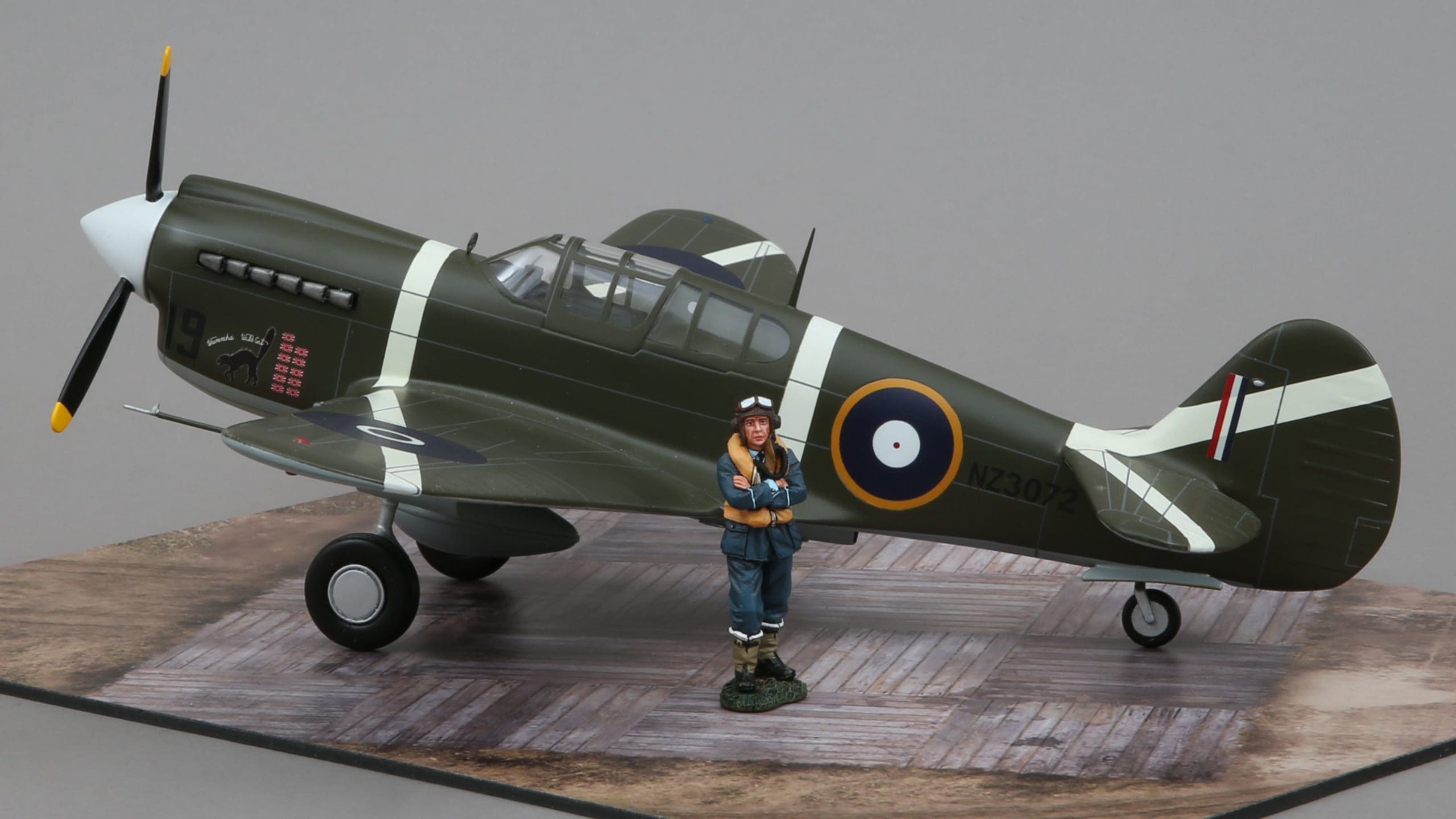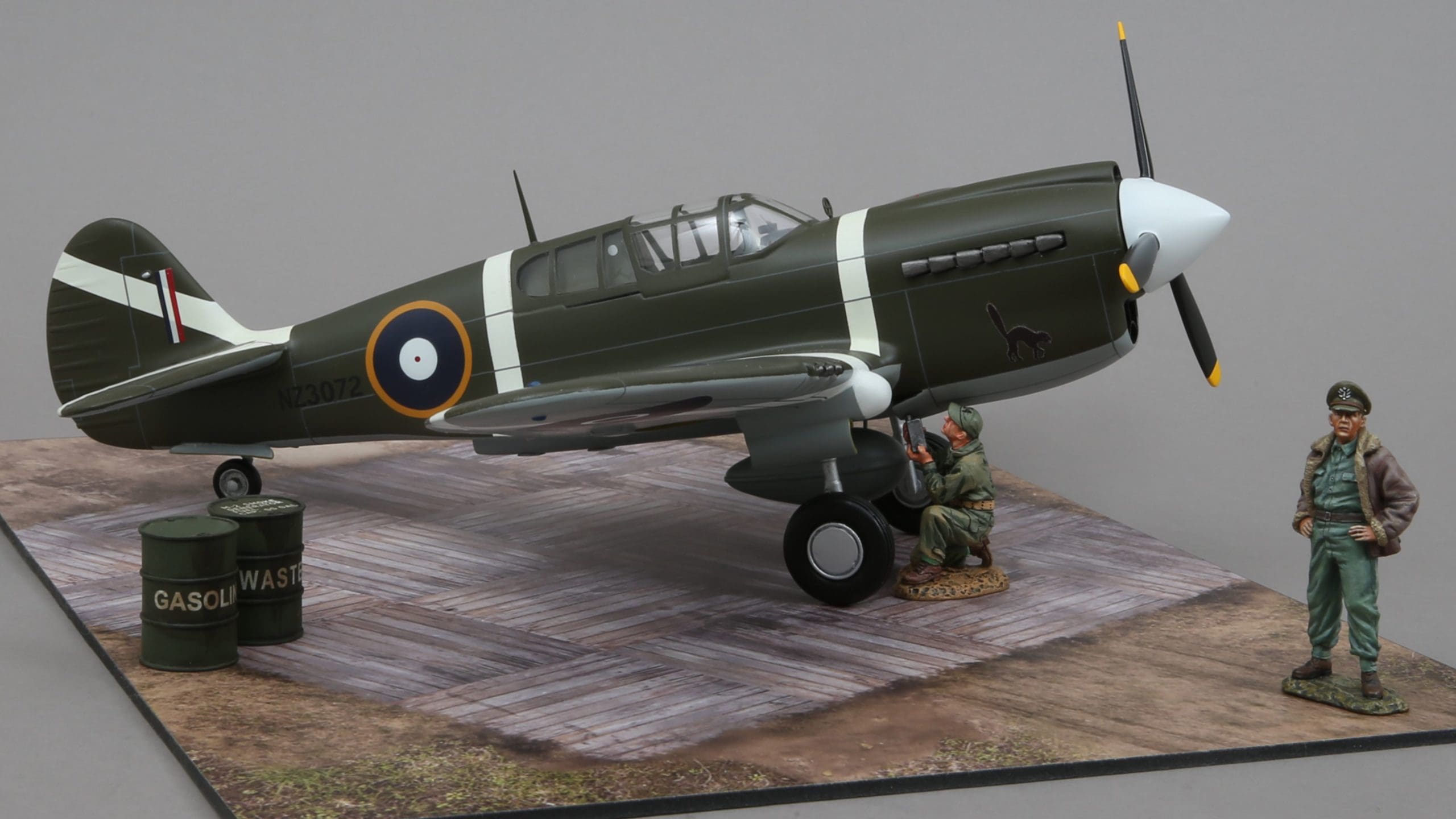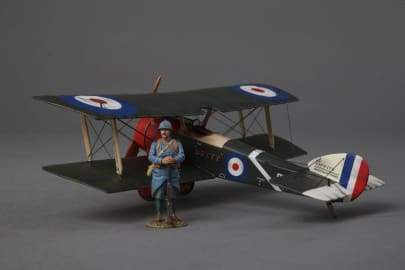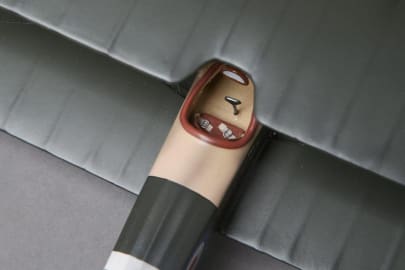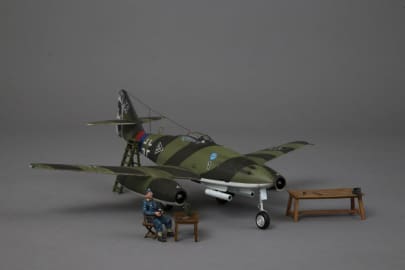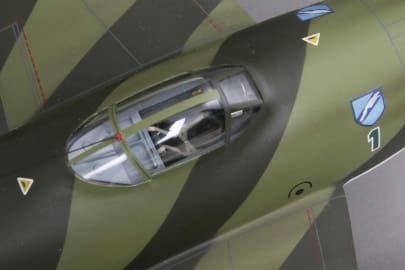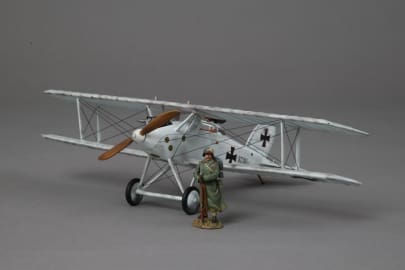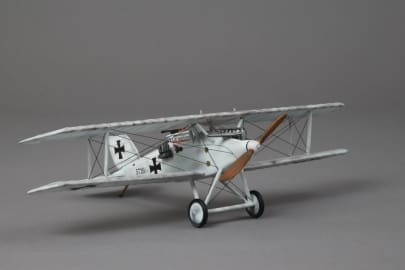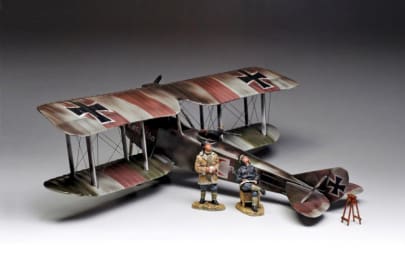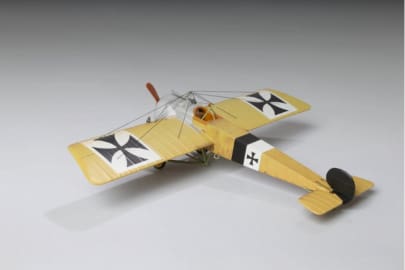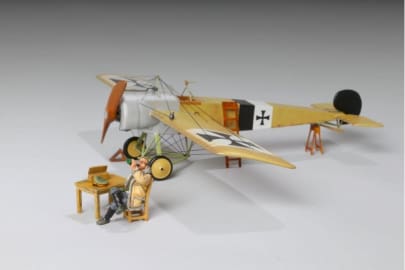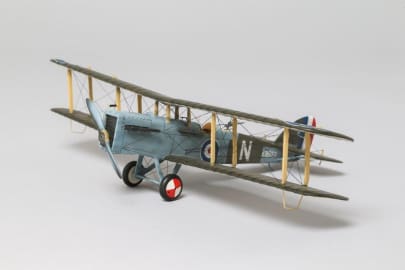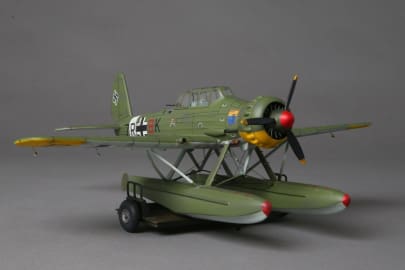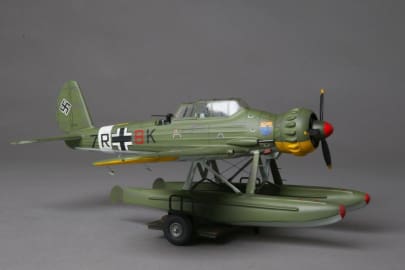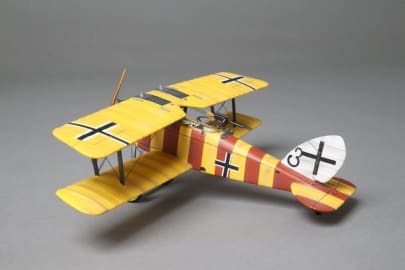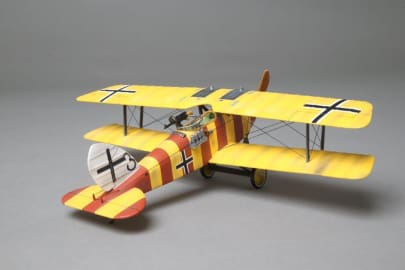- Free shipping available on orders over £100 (UK) £250 (EU) and $300 rest of the world
WOW466 P40 Warhawk
£550.00
Out of stock
Description
Description
The Curtiss P-40 Warhawk was an American single-engined, single-seat, all-metal fighter and ground attack aircraft which first flew in 1938. The Warhawk was used by most Allied forces during World War II, and remained in frontline service until the end of the war. It was the third most-produced American fighter of World War II, after the P-51 and P-47 by November 1944, when production of the P-40 ceased, 13,738 had been built.
Our Warbird is one flown by NZ Ace Geoff Fisken, below is his story:
In September 1939, at the outbreak of WW2 Fisken volunteered for the RNZAF, but was initially barred from enlisting. At the time in New Zealand, farming was a reserved occupation as it was considered vital for the war effort, and therefore it was not until early 1940 that Fisken was able to enlist, after convincing his employer to release him for service. Following this Fisken was accepted as a pilot and undertook training before graduating as a Sgt Pilot in 1941.
In February 1941, Fisken was posted to Singapore, where he eventually joined 67 Sqn RAF Which was primarily made up of New Zealanders at the time and was in the process of forming at Kallang with 243 Sqn. The Japanese attacked Allied territories in Asia and the Pacific on 8 December 1941. Initially No. 243 Squadron concentrated on the unsuccessful defence of HMS Prince of Wales & Repulse. Fisken was flying one of two Buffaloes to arrive at the sinkings first, describing the scene as “a grey metal bow sticking out of the sea, surrounded by an oil slick and many bodies”.
As the Japanese advanced down the Malay Peninsula, Singapore came under an increasing number of bombing raids, and 243 Squadron was tasked with defending the city.
On 16 December, Fisken claimed a victory over a Zero. A fortnight later, on 29 December, he claimed two unidentified Japanese bombers. On 12 January 1942, Fisken claimed a Japanese fighter followed by a Zero two days later on 14 January, being lucky to land after being caught in the explosion of the Japanese plane. On 17 January, he shot down or assisted in the destruction of, three Betty bombers, and four days later brought down another fighter.
By this time, 243 Squadron had lost the majority of its pilots and virtually all its aircraft. As a result, it was merged with Australian 453 Sqn, which continued to operate alongside 488 RNZAF. Fisken claimed another fighter on 1 February. Five days later, he was “bounced” by two Japanese fighters. He nevertheless shot one down but only narrowly escaped the other, being injured in the arm and leg by a cannon shell before the dogfight ended. He was very forunate to be evacuated to New Zealand shortly before Singapore fell to the Japanese.
As a result of his performance in Singapore, Fisken received a commission and was promoted to the rank of pilot officer. In April 1943, he joined No. 14 Squadron at Wigram. Later the squadron was posted to the new Hebrides, before moving to the front line at Guadacanal on 11 June 1943. The following day Fisken destroyed two more Zeroes. On 4 July, flying the colourful P-40 “Wairarapa Wildcat” he had his last victories, destroying a further two Zekes and a Betty. “Wairarapa Wildcat” also had success in the hands of other pilots. NZ3072 was scrapped after the war, but NZ3009 was restored and painted to represent NZ3072 “Wairarapa Wildcat”.
In September 1943 Fisken was awarded the DFC, however, he found himself increasingly troubled by the injuries he had received in Singapore, and was medically discharged from the RNZAF in December 1943.
Fisken’s is believed to be 11 confirmed kills and he is considered to be the highest-scoring Commonwealth Ace in the Pacific theatre. Our 1/30 scale model is priced at $695 plus postage, we have 4 available. We don’t on on making any more Fisken Warhawks, if you want one then now is the time to grab one.
